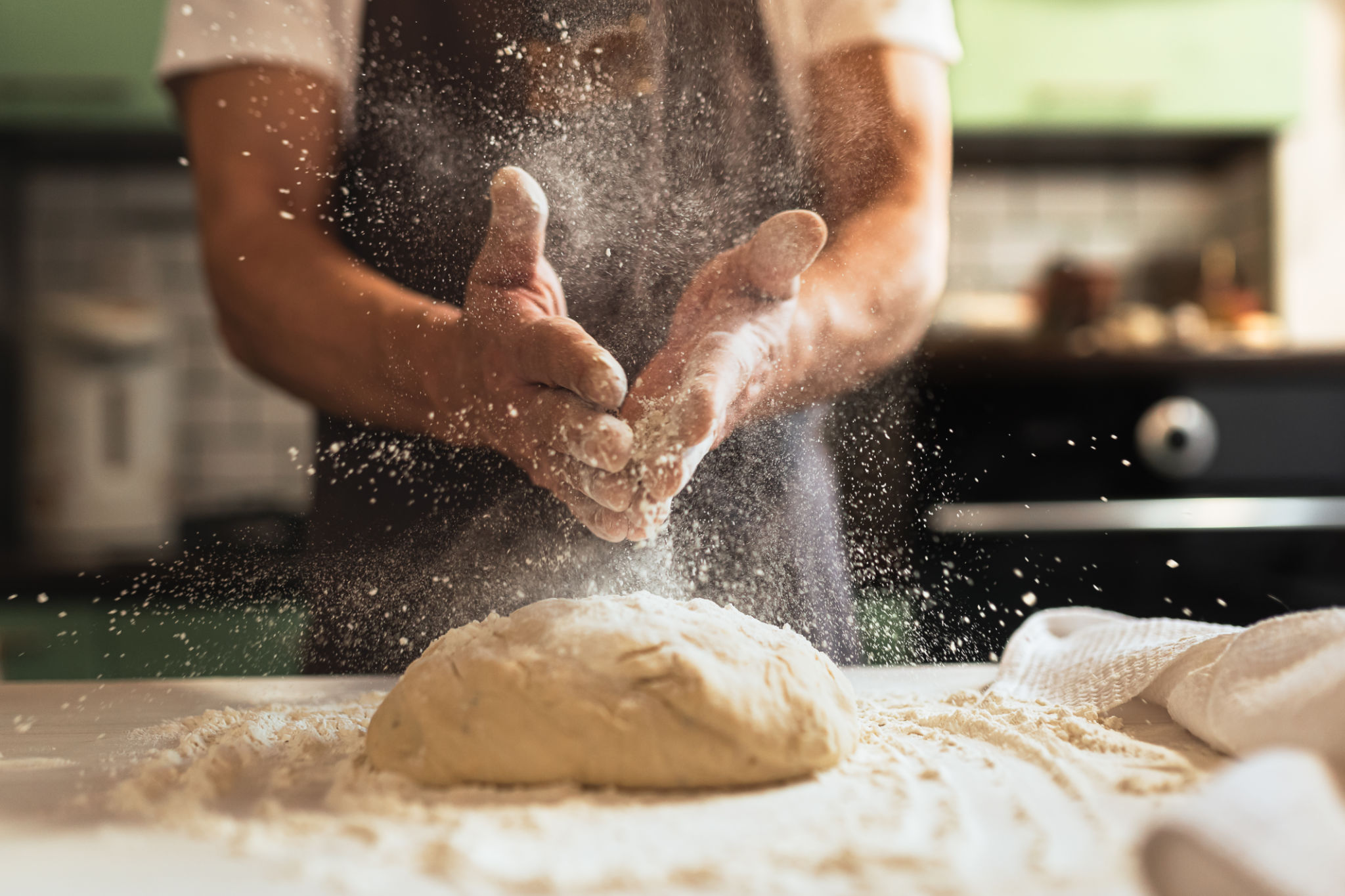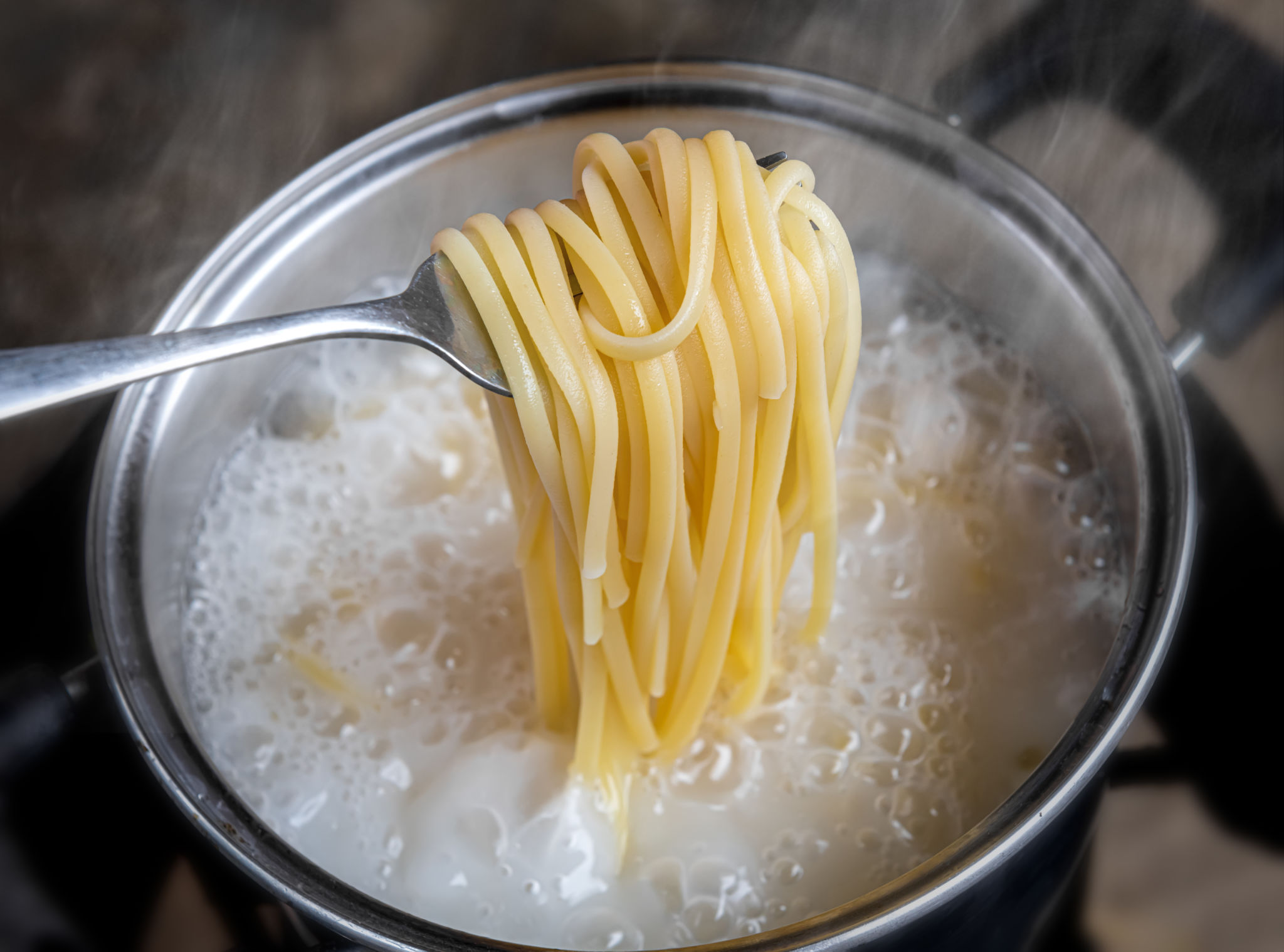Mastering the Art of Homemade Pasta: A Comprehensive Guide
The Basics of Homemade Pasta
Creating homemade pasta is a rewarding culinary experience that transforms simple ingredients into delicious dishes. The basic pasta dough is made from just two ingredients: flour and eggs. Understanding the balance between these components is crucial for achieving the perfect texture. Start with high-quality flour, such as semolina or all-purpose, and fresh eggs to ensure the best flavor and structure.

Begin by forming a mound of flour on a clean surface, creating a well in the center. Crack the eggs into the well and gently whisk them, gradually incorporating the flour until a dough forms. Knead the dough for about 10 minutes until it becomes smooth and elastic. Let it rest for at least 30 minutes, wrapped in plastic wrap or covered with a damp cloth.
Rolling and Shaping Techniques
Once your dough has rested, it's time to roll it out. A pasta machine is a helpful tool for this process, but a rolling pin can work just as well. Divide the dough into smaller sections to make it more manageable, then roll each piece to your desired thickness. Remember, the thinner the pasta, the quicker it will cook.

Shaping pasta can be as simple or intricate as you desire. Some popular shapes include fettuccine, tagliatelle, and ravioli. To cut long noodles like fettuccine, roll the dough into a loose cylinder and slice it into even strips. For filled pastas like ravioli, place small portions of filling on one sheet of dough, cover with another, and seal the edges by pressing firmly.
Cooking Your Pasta
Cooking fresh pasta is quicker than dried varieties. Bring a large pot of salted water to a boil, then add your pasta. Fresh pasta typically takes only 2-4 minutes to cook, depending on thickness. Taste test a piece to ensure it's cooked to your liking—al dente is usually preferred for its firm texture.

Once cooked, drain the pasta but reserve some cooking water. This starchy liquid can be used to adjust the consistency of your sauce later. Fresh pasta pairs beautifully with a variety of sauces—from simple olive oil and garlic to rich Alfredo or vibrant pesto.
Tips for Perfect Pasta Every Time
To master homemade pasta, consider these tips:
- Use a pastry scraper to help incorporate flour into your egg mixture without making a mess.
- If your dough feels too dry, add a small amount of water; if too sticky, sprinkle in more flour.
- Resting the dough allows gluten to relax, making it easier to roll out thinly.
- Experiment with different flours or add-ins like spinach or beetroot for colorful variations.
Exploring Pasta Sauces
The right sauce can elevate your homemade pasta dish from good to unforgettable. Classic options include marinara, carbonara, or aglio e olio. For something more adventurous, try combining ingredients like sun-dried tomatoes, olives, or capers with olive oil for an Italian-inspired twist. Remember to finish your dish with freshly grated Parmesan or a sprinkle of herbs for added flavor.
Making homemade pasta is not only about following a recipe but also about enjoying the process and experimenting with different techniques and flavors. With practice and patience, you'll soon be crafting restaurant-quality dishes in your own kitchen. Dive into this culinary art form and discover the joy of creating pasta from scratch.